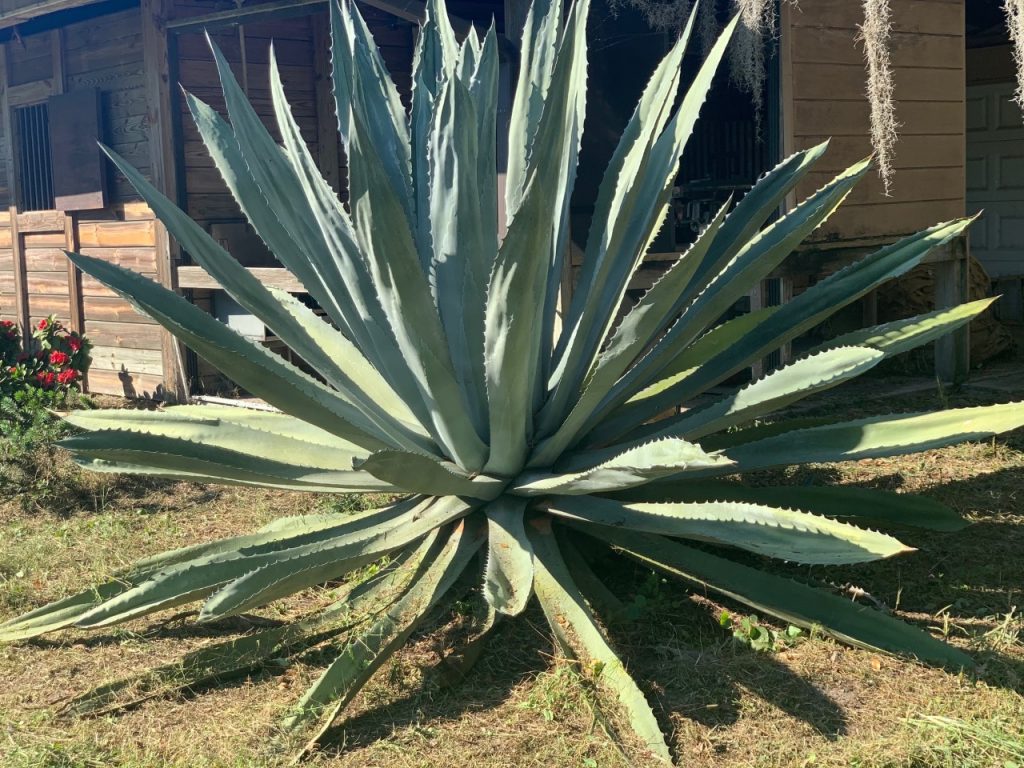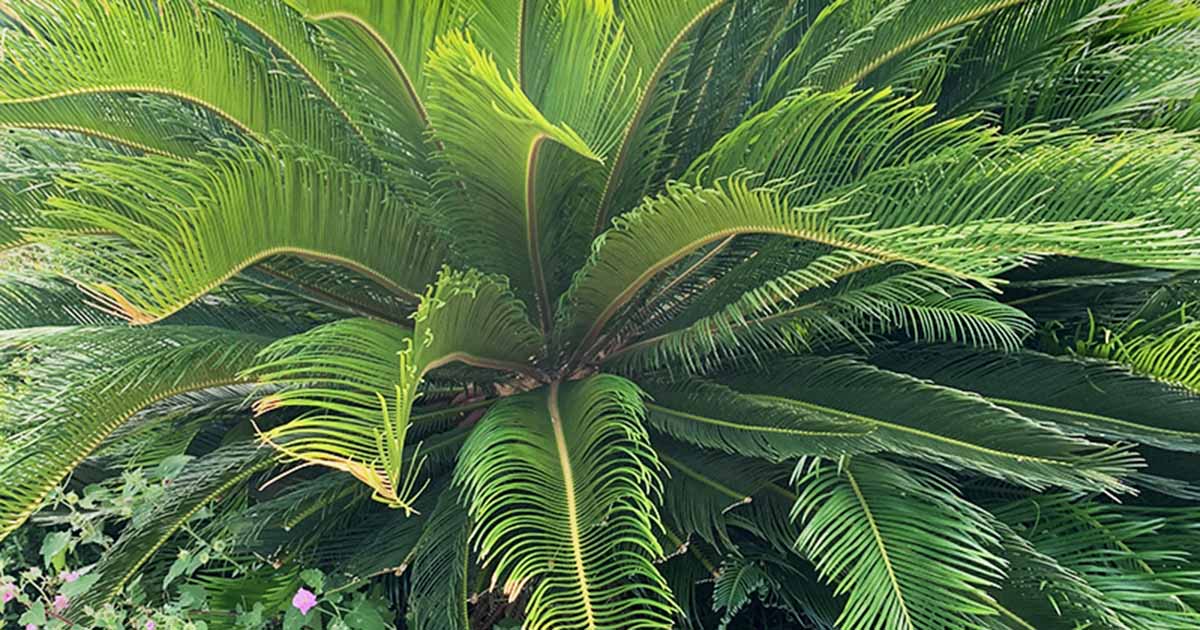Sister Plants: The Secret To Growing Beautiful Gardens
Sister Plants: The Secret to Growing Beautiful Gardens
Growing a beautiful garden is a rewarding experience, but it can also be challenging. There are so many factors to consider, from the type of plants you choose to the amount of sunlight and water your garden gets. But there's one secret that can help you grow a beautiful garden with less effort: sister planting.
Sister planting is a type of companion planting that involves planting certain plants together to benefit each other. These plants are said to be "sisters" because they help each other thrive.
There are many different sister plant combinations, but one of the most popular is the Three Sisters. The Three Sisters are corn, beans, and squash. These three plants work together to create a thriving ecosystem in your garden.
The corn stalks provide support for the bean vines to climb. The beans fix nitrogen in the soil, which the corn needs to grow. And the squash leaves create a ground cover that helps to suppress weeds and keep the soil moist.
In addition to the Three Sisters, there are many other sister plant combinations that you can try. Here are a few examples:
- Carrots and onions: Carrots help to repel onion pests, and onions help to repel carrot pests.
- Lettuce and marigolds: Marigolds repel aphids, which can be a problem for lettuce.
- Tomatoes and basil: Basil helps to repel tomato hornworms, which are a major pest of tomatoes.
When choosing sister plants, it's important to consider the needs of each plant. For example, you'll want to make sure that the plants have similar water and sunlight requirements. You'll also want to make sure that the plants won't compete for nutrients.
Once you've chosen your sister plants, it's time to plant them. When planting sister plants, it's important to plant them in the right order. The corn should be planted first, followed by the beans, and then the squash. This will help to ensure that the plants have enough space to grow.
After planting your sister plants, you'll need to care for them just like any other plants in your garden. Water them regularly, fertilize them as needed, and protect them from pests and diseases.
With a little care and attention, your sister plants will thrive and help you to grow a beautiful garden.
Have you ever heard of "sister plants"? These are plants that benefit each other when they are planted together. For example, some plants attract beneficial insects that help to control pests, while others improve the soil quality or provide shade.
If you are interested in learning more about sister plants, I recommend visiting the website Gardenia Inspiration. This website has a wealth of information on the topic, including a list of popular sister plant pairings, as well as tips on how to plant and care for them.
In addition to the website, you can also find information about sister plants in books and gardening magazines. And of course, the best way to learn about sister plants is to experiment with different pairings in your own garden.
Image of sister plants
5 different images of "sister plants" from Pinterest:
- Agave and yucca: These two plants are often grown together because they have similar needs and can tolerate hot, dry climates. They both have spiky leaves and can grow quite large, so they make a striking pair.

- Cactus and succulents: These plants are also often grouped together because they are both drought-tolerant and can thrive in harsh conditions. They come in a wide variety of shapes and sizes, so there is sure to be a pair that is perfect for your home.
- Ferns and palms: These two plants add a touch of tropical flair to any space. They both prefer moist, shady conditions, so they make a good match. Ferns come in a variety of shapes and sizes, while palms can be either tall or short.

- Pine and spruce: These two evergreen trees are often planted together because they have similar needs and can provide year-round interest. They both have a conical shape and can grow quite tall, so they make a great statement in the landscape.

- Rosemary and lavender: These two herbs are often grown together because they have similar requirements and can be used in cooking. They both have a strong, aromatic scent and can be used to attract pollinators.


Post a Comment for "Sister Plants: The Secret To Growing Beautiful Gardens"